battle of the bulge

Lumbar disc injuries are the most common cause of lower back pain. There are four stages of disc injury, with most people likely having a disc bulge, in which the outer layers of the disc have weakened enough to distort in shape, which allows the gelatinous centre of the disc, the nucleus pulposis, to bulge, or the more severe disc herniation, when the gelatinous centre of the disc oozes into the outer layers. The other major cause of disc-related lower back pain is a tear or tears to the outer fibres of the disc. This injury will have similar characteristics to a disc bulge/herniation, but without any associated referred symptoms.
Disc injuries happen for a couple of reasons. The most common is a gradual weakening over time of the outer layer of the disc, the annulus fibrosis, due to poor posture, workplace ergonomics, sporting pursuits and daily habits , which lowers the tissue failure threshold so that a minor incident like reaching for soap in the shower or picking something off the floor causes an injury.
Acute trauma such as a work or motor vehicle accident, a fall or a particularly vigorous movement during sport can also injure the disc.
Symptoms of a lumbar disc injury vary according to severity. Most likely, sitting and lying down will be uncomfortable, and due to the protective spasming of muscles, bending forwards to perform such simple tasks as tying shoelaces will either be difficult and painful or impossible. There may be referred pain into the buttocks or possibly down one or both legs, but any altered bladder and bowel function indicates a more severe disc pathology, which means seeking immediate medical attention.
Treatment in the initial stages involves rest, avoiding bending forward, and also turning or twisting. Taping to offload the muscles and prevent bending forwards is often helpful. Painkillers and/or anti-inflammatory medication may work for a few days. This stage may last for 5/6 days.
Once the initial pain has settled, the most essential part of the rehabilitation process follows. The reason why the disc injured occurred can only be found through an accurate assessment. Muscle weakness, mobility restrictions and aberrant motor control function – the way the body recruits muscles for tasks – will almost certainly be dysfunctional and need restoring.
Disc injuries do not mean back pain for life. With the appropriate rehabilitation, normal function can be fully restored within a few months, with little risk of re occurrence if identifying factors are corrected.
Poor movement patterns, whether from daily activities or sporting participation – or both – are the major cause of lumbar disc injury.
The reason not everyone who has similar movement patterns and sporting participation suffers a back injury is simple – all biological tissue has a fatigue and load capacity, and this capacity will be different for everyone.

Disc injury has a high rate of reoccurrence. The reason for this is simple – only the symptoms have been treated in rehab, instead of the underlying reasons for a disc injury. Some people may get away with this approach, and only suffer an injury once every few years when they do too much, such as helping a friend to move or build a fence, but anyone who plays sport, or has a demanding job will need a thorough assessment and rehabilitation program, as will people with a lower threshold and capacity.

Using proper lifting mechanics, even large loads can be safely lifted.
Poor movement patterns and posture may result in injury, but ultimately whether injury occurs is related to tissue capacity, body type and disc shape. What is undeniable is that correct technique produces healthier, safer outcomes.
Incorrect technique may never result in injury, but it isn’t worth chancing your luck.
The passive, active and neural approach to spine dysfunction is related to the three systems which provide stability to the spine.
Discs, ligamaments are bones are passive tissues – you can’t contract them. Muscles comprise the active system. The neural system are movement and motor control patterns.
Simply, when a passive structure such as a disc is injured, then the other two systems must make up for the resultant decrease in stability, hence the importance of correcting movement dysfunction, restoring motor control, developing core stability, and improving mobility restrictions.



The single leg bridge, bird dog and kettlebell deadlift are three examples of exercises that can be used to reveal and correct issues with the passive, active and neural systems involved in back pain.
Back pain isn’t for life – unless you want it to be.
related articles
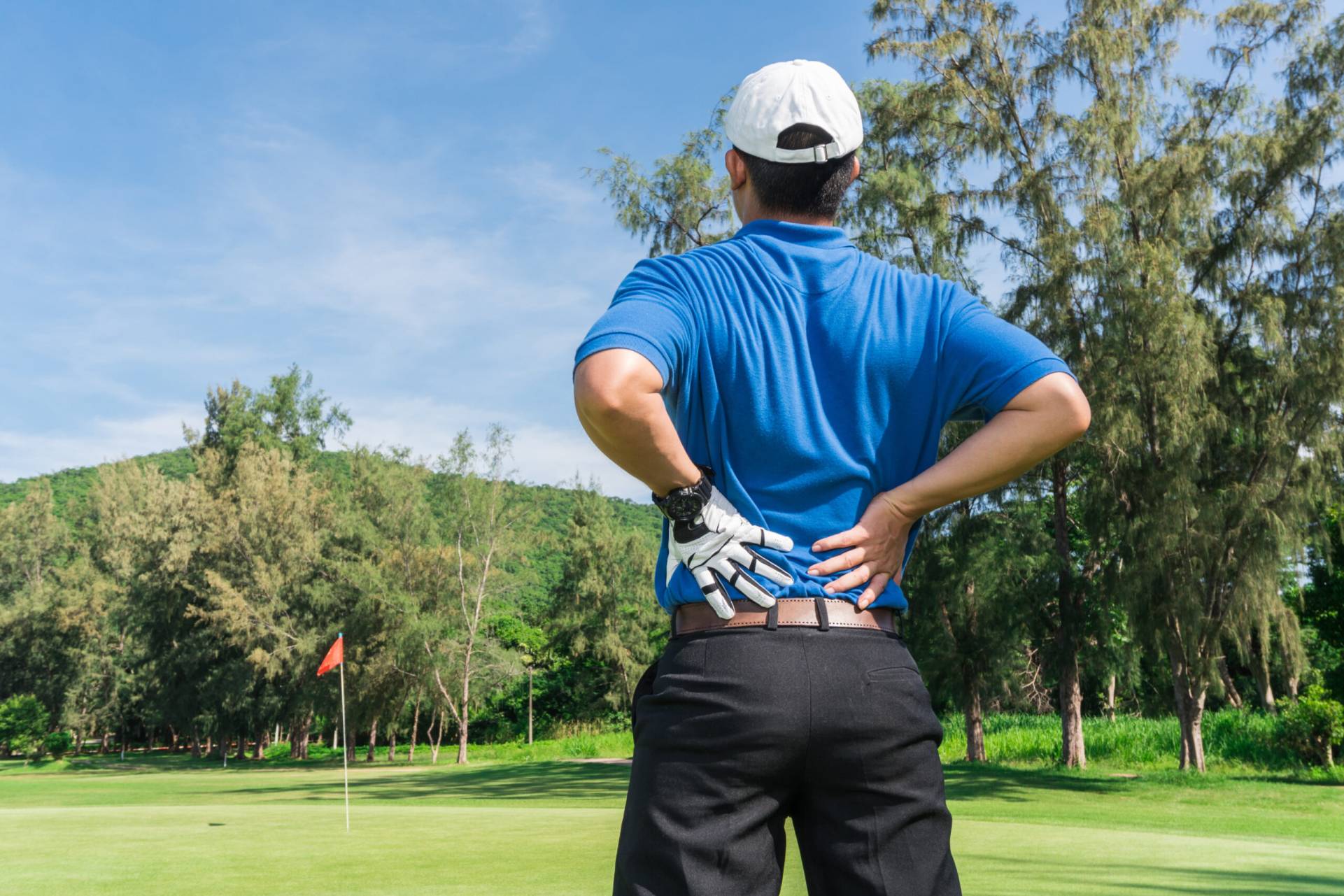
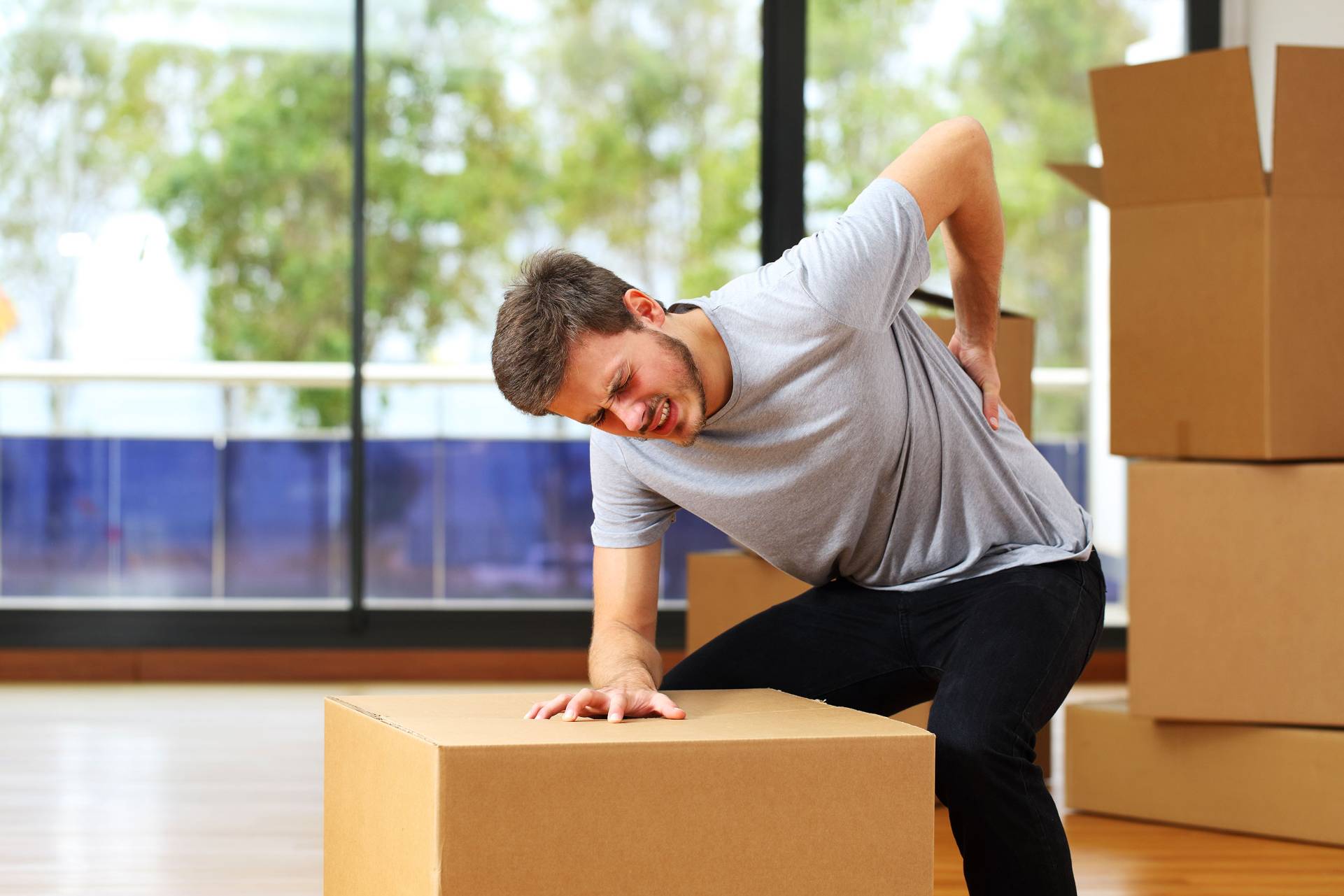
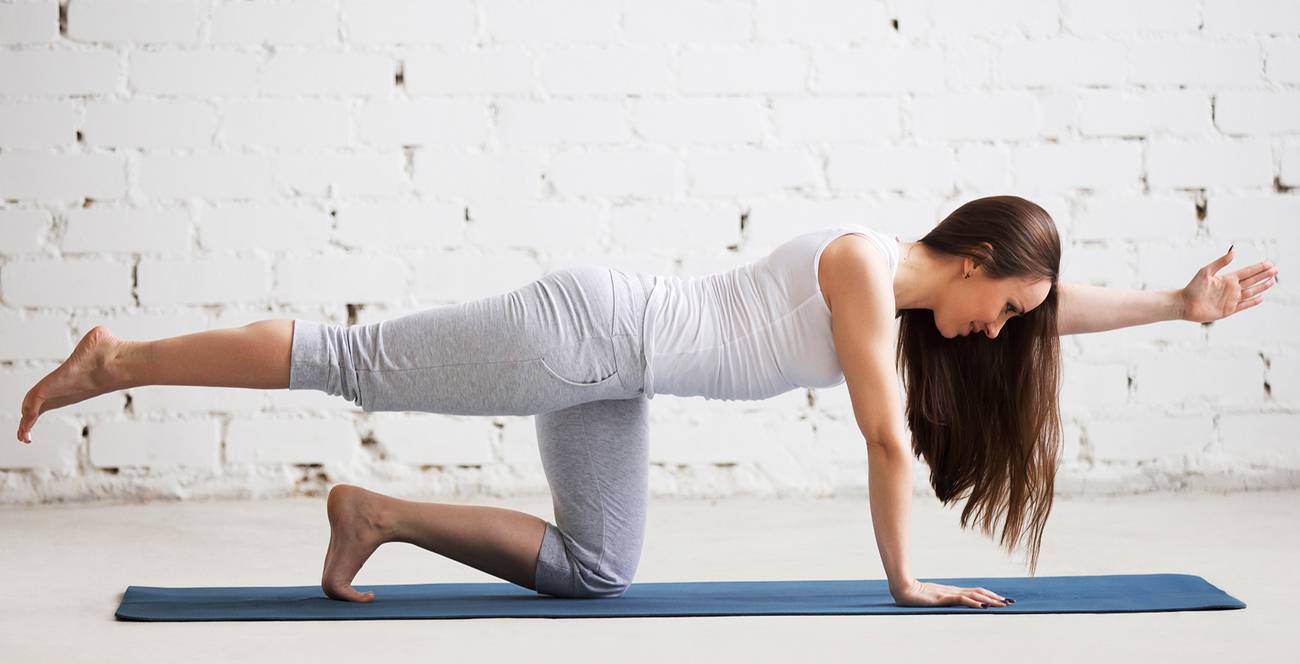
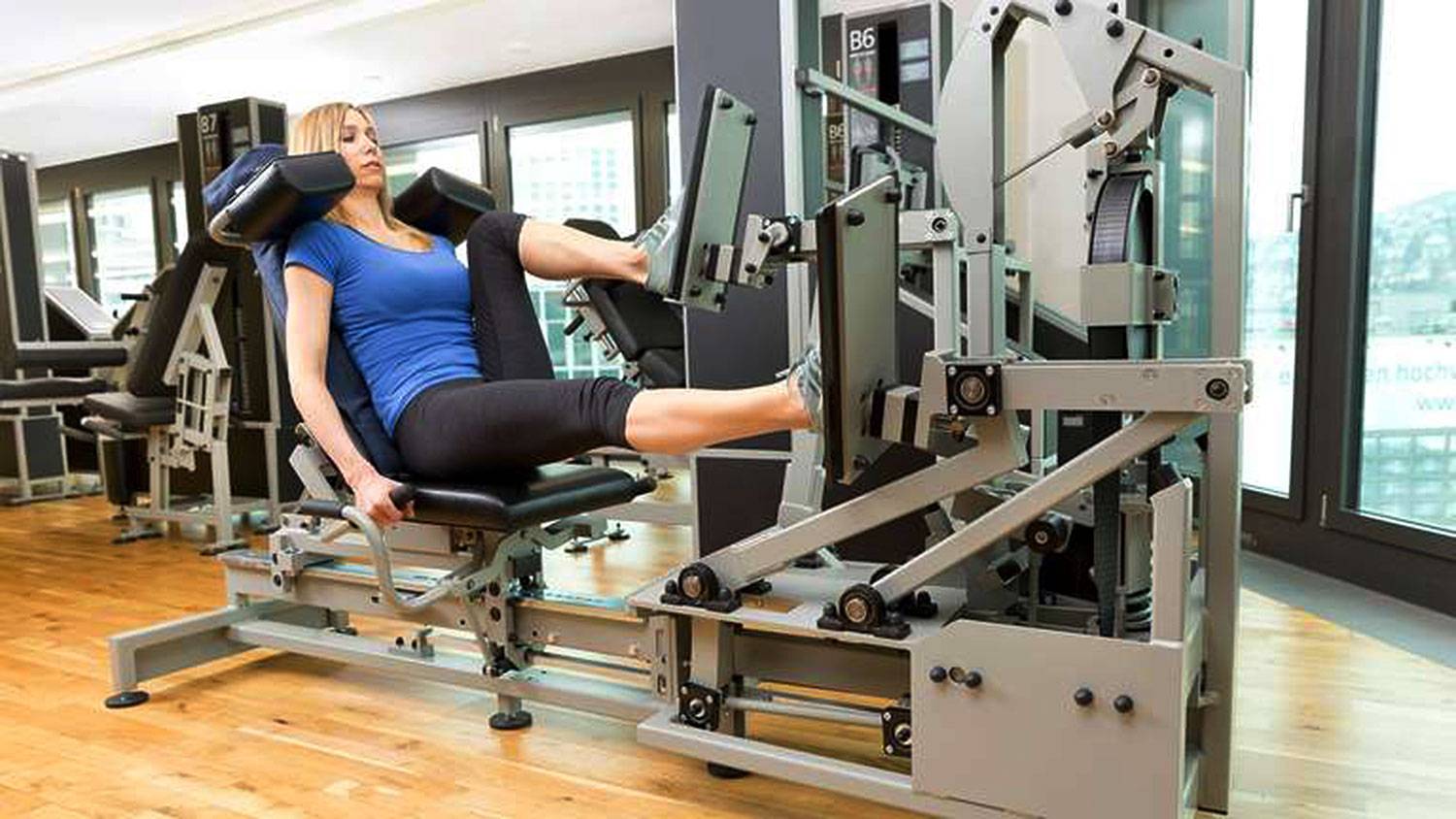
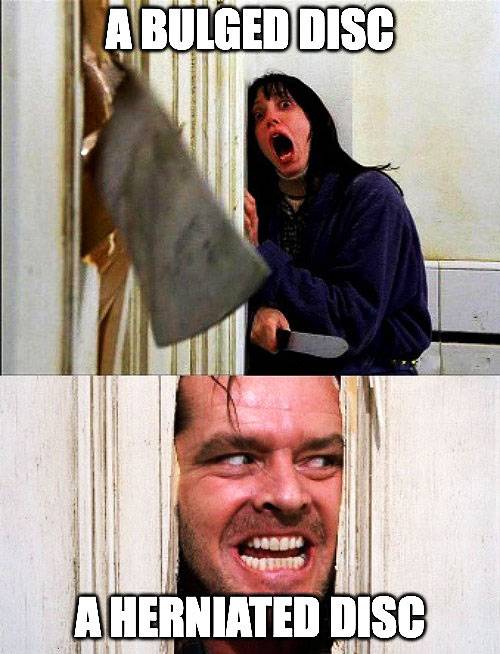
Golf is perhaps the one sport most closely associated with lower back pain. Around 30% of golfers experience back pain during or after golf. Is this related to the actions of the golf swing itself, or other factors?
Disc injury is the most common form of lower back pain. Bulges, age-related degeneration, lateral herniation and end plate injury are the most likely disc injuries, but the most common is a disc bulge.
A lack of core stability is often cited as one of the most common reasons for lower back pain. Most people, even rehab professionals, are ignorant of true core function and its relevance to lower back injury.
Machine-based training is everywhere claiming the best results for treating lower back pain. for some people, it might work, but it is more likely to aggravate the condition further, and will never future-proof your body for some simple reasons.
A slipped disc is a common but inaccurate diagnosis. Discs can herniate, but true herniation is rare. Terminology matters, as it relates to professionalism and rehabilitation.